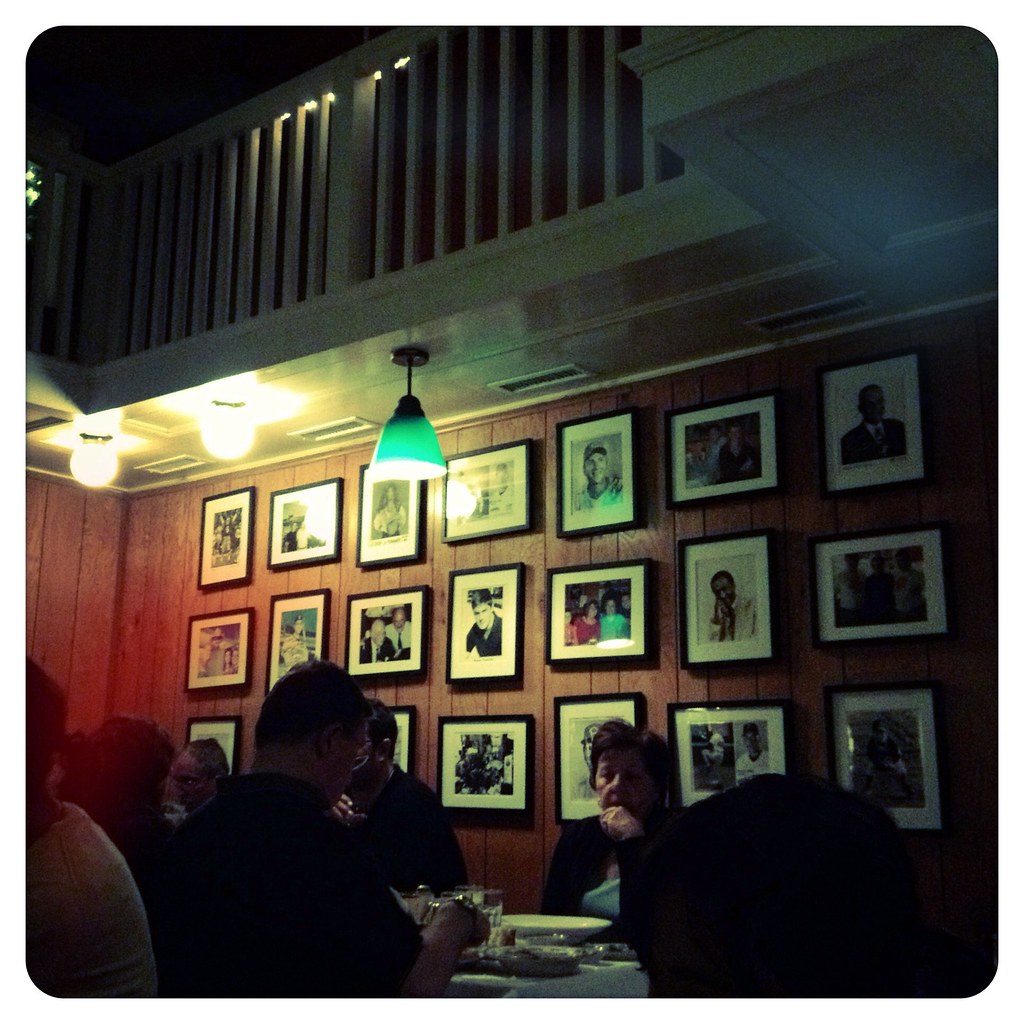
Celebrities live under a constant media glare, their every move often chronicled for public consumption. This relentless spotlight, however, doesn’t always extend to their final moments. In fact, for many famous figures, their deaths remain shrouded in a perplexing fog of uncertainty, defying easy explanations and keeping investigators and the public guessing for decades. It’s a stark reminder that even with immense fame, true answers can remain stubbornly elusive, adding a layer of enduring mystique to their legacies.
Who isn’t dying to know what really happened the night Princess Diana’s car crashed, a tragedy that shook the world? And doesn’t Marilyn Monroe’s unexpected death still intrigue folks, over fifty years on, sparking endless theories and debates? These are just a couple of the heart-wrenching events that continue to fuel intense speculation and insatiable curiosity, transforming tragic departures into enduring puzzles that defy conventional closure. For many, these celebrity death mysteries keep us guessing, challenging our assumptions and pushing us to look deeper into the shadows of their passing.
Join us now as we embark on a fascinating, albeit somber, journey through some of the most enduring celebrity death mysteries. We’re going to pull back the curtain on the confusing facts and persistent theories surrounding the passing of twelve famous individuals. Their final chapters often read more like thrilling detective novels than definitive historical accounts, each laden with puzzling evidence and conflicting narratives. Prepare to have your intellectual curiosity piqued, as we explore the stories of those whose monumental legacies include an enduring question mark over their ultimate demise.
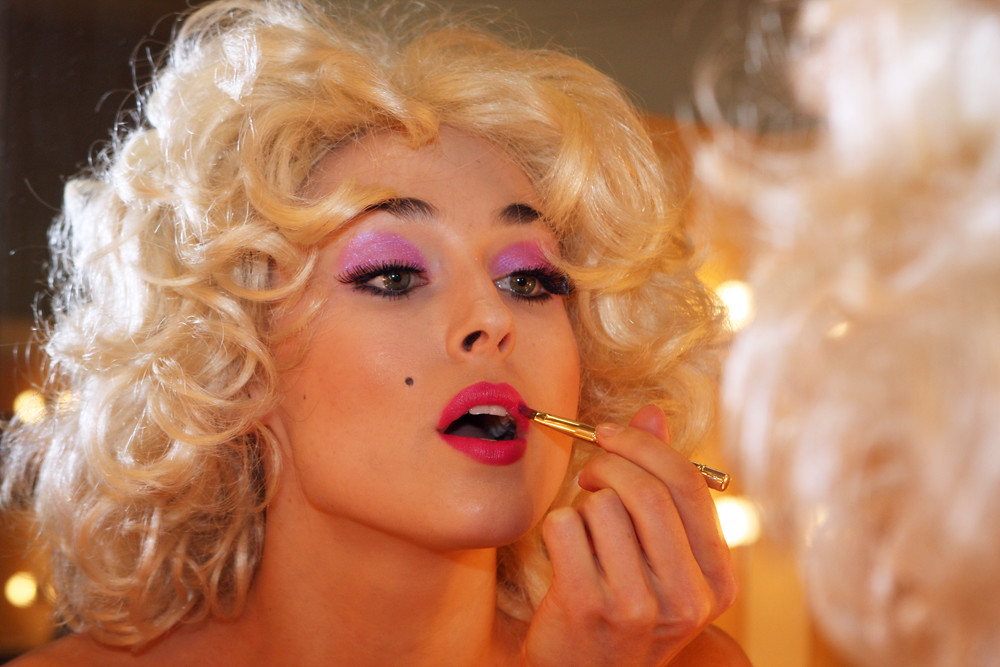
1. **Marilyn Monroe**: The world was undeniably shaken on August 5, 1962, when the iconic Marilyn Monroe was found tragically dead at the tender age of 36 in the bedroom of her Brentwood home in Los Angeles. Her personal psychiatrist, Dr. Ralph Greenson, was the one who made the devastating discovery, an event that instantly became a global headline. The official cause of death was attributed to a barbiturate overdose, which was subsequently ruled a probable suicide. Yet, even over half a century later, the precise circumstances surrounding her untimely demise continue to spark endless debate and widespread speculation, cementing her place as one of Hollywood’s most enduring mysteries.
Many found it incredibly difficult to reconcile the official verdict with the vibrant, glamorous public image of the star. It seemed almost unfathomable that such a beloved and seemingly successful figure would take her own life, especially given the persistent rumors of her involvement in clandestine extramarital affairs. These whispers reportedly linked her to powerful political figures, specifically President John F. Kennedy and his brother, Robert F. Kennedy, adding a potent layer of political intrigue to an already complex personal tragedy that captivated the nation.
These shadowy connections quickly fueled a powerful counter-narrative, suggesting that the official suicide ruling was merely a convenient cover-up for something far more sinister. Conspiracy theorists have long and vehemently suspected that Monroe was, in fact, murdered. The most common theory among these circles posits that she was silenced – potentially by being forced to take the fatal drugs that killed her – to prevent her from revealing sensitive or damaging information about the Kennedy brothers, a narrative that has gripped the public imagination for decades and shows no signs of waning in its allure or its controversy.
Adding further fuel to the conspiratorial fire, the Central Intelligence Agency (CIA) reportedly continues to maintain files on Monroe’s death, a detail that only deepens the mystery and encourages further scrutiny into what truly happened. Despite countless investigations, numerous books, and an ongoing deluge of public fascination, it seems profoundly unlikely that anyone will ever truly uncover the full, unvarnished truth of what happened that fateful day in August 1962. Marilyn Monroe’s death thus remains one of Hollywood’s most captivating and unsettling enigmas, a tragic story forever shrouded in unanswered questions and tantalizing possibilities that continue to fascinate new generations.
Read more about: A Month of Farewell: Honoring the Enduring Legacies of Hollywood Icons Lost in September 2025
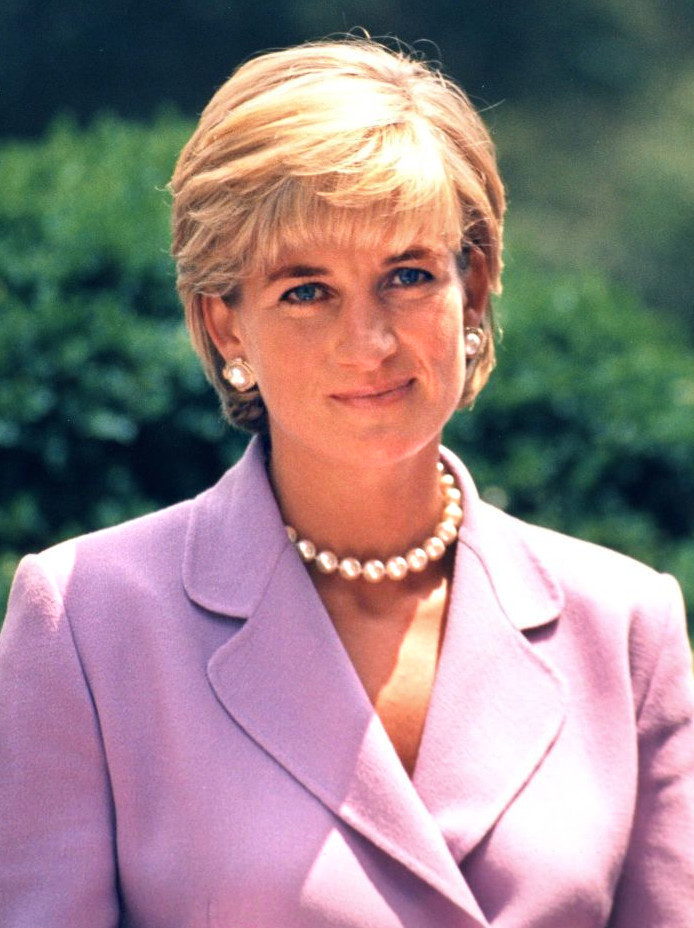
2. **Princess Diana**: The tragic and sudden death of Diana, Princess of Wales, in 1997 continues to cast a long and perplexing shadow across the globe, sparking intense public debate and numerous unanswered questions. The official narrative, widely accepted by authorities, attributes her demise to a devastating car accident. This tragic event unfolded during a high-speed chase through a Paris tunnel, as her vehicle attempted to evade aggressive paparazzi, an unfortunate hallmark of her public life. However, this explanation has been far from universally accepted, with a significant portion of the public believing there’s far more to the story than initially met the eye.
Compounding the pervasive skepticism surrounding the official account, a chilling detail emerges from the personal life of the Princess: in the months immediately preceding her death, Diana herself had reportedly expressed profound fears that she might be murdered. Crucially, she had specifically envisioned such an assassination occurring through a staged vehicular crash. This harrowing premonition, which uncannily mirrors the circumstances of her actual death, has added immense weight and credibility to the myriad conspiracy theories that have since flourished around her passing, making it difficult for many to accept the simple ‘accident’ verdict without deeper consideration.
The core question that relentlessly shadows Diana’s death is whether the crash was, in fact, a genuine, albeit tragic, accident, as subsequent official investigations meticulously determined. Or, conversely, was it a meticulously orchestrated event, as she had reportedly feared and as many continue to suspect? A prominent alternative theory, passionately circulated by those who doubt the accident ruling, suggests that elements within the Royal Family or associated establishments may have secretly staged the accident for reasons tied to her private life and relationships. This theory continues to hold sway with a considerable segment of the public who look for deeper explanations.
The alleged motive, according to these intricate speculations, was to prevent her from marrying Muslim billionaire Dodi Al-Fayed and potentially having his child, an outcome that some believed would have constituted an unacceptable scandal for the British monarchy and its traditions. This perceived threat to royal lineage and public image remains a key component of the conspiracy narrative. While multiple exhaustive investigations have officially concluded their findings, a significant portion of the world’s population, for varying reasons, feels they will never truly know the complete truth. Consequently, the public anxiously anticipates the results of any newly opened investigations, hoping they might finally reveal interesting and definitive details around this enduring tragedy, though true closure remains frustratingly elusive for many.
Read more about: The ’00s Enigma: 15 Defining Cultural Phenomena That Shaped (And Were Shaped By) The Decade
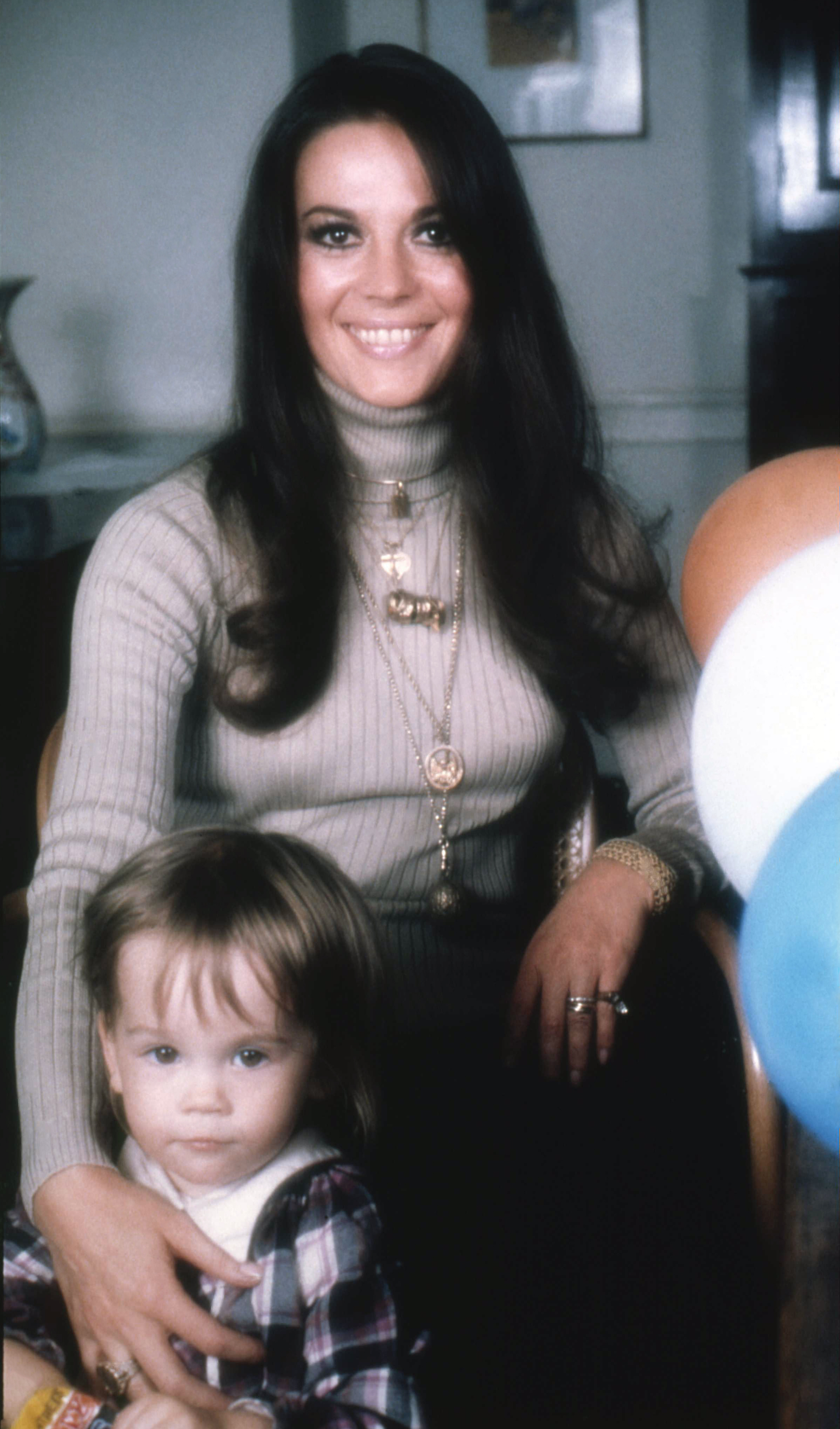
3. **Natalie Wood**: On November 29, 1981, the acclaimed actress and movie star Natalie Wood tragically drowned during a weekend boating trip to Santa Catalina Island, off the coast of California. She was accompanied by her husband, Robert Wagner, her *Brainstorm* costar Christopher Walken, and the boat’s captain, Dennis Davern. What exactly transpired on that boat, and precisely how Wood ended up in the treacherous waters, remains one of Hollywood’s most unsettling and thoroughly debated unsolved mysteries, captivating public attention for decades.
Wagner reported Wood missing after a night of drinking, creating a frantic search. Her body was tragically discovered several hours later, floating face-down in the water, still dressed in a flannel nightgown, down jacket, and socks. Initially, her death was officially ruled an accidental drowning, a conclusion that offered little comfort to those who felt the story didn’t quite add up. However, this official classification was challenged when authorities noted unexplained bruises on her body and arms, as well as a suspicious abrasion on her left cheek, which prompted law enforcement to reconsider the possibility of foul play being involved.
The case took a significant and highly publicized turn when, in 2012, the Los Angeles Sheriff’s Department officially changed the cause of her death from ‘accidental drowning’ to ‘drowning plus ‘undetermined factors’,’ as reported by *USA Today*. This revision, acknowledging the lingering uncertainties, coupled with public claims from Wood’s own sister and the yacht’s skipper, Dennis Davern, who appeared on the *Dr. Phil* show and implicated Wagner in her death, has kept the conspiracy fires burning fiercely among fans and media alike. These renewed allegations added a fresh layer of suspicion to the long-cold case.
Despite the lingering suspicions and Robert Wagner, now 87, being openly considered a prime suspect by some segments of the public and media, the evidence has consistently been deemed insufficient to support a definitive criminal arrest or prosecution. This critical lack of conclusive proof has ensured that the mystery surrounding Natalie Wood’s final hours continues to remain officially unsolved. Her tragic passing endures as a haunting reminder of the secrets that can lie beneath the surface, even in the glittering world of Hollywood, leaving a void of definitive answers.
Read more about: Diane Keaton: Her Final Days, Cause of Death, and a Look Back at a Remarkable Life at 79
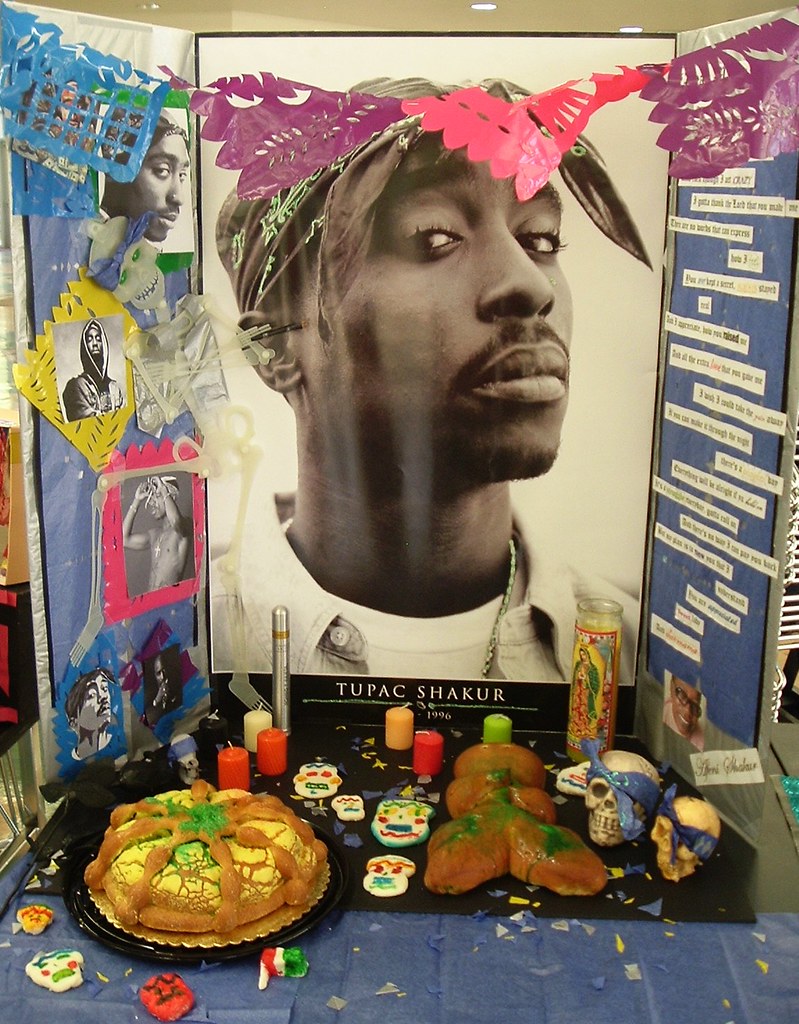
4. **Tupac Shakur**: The hip-hop world was indelibly rocked on September 7, 1996, when legendary rapper Tupac Shakur was fatally shot in a brutal drive-by incident in Las Vegas, Nevada. The shocking shooting occurred as Shakur was leaving a high-profile boxing event, an evening that turned from celebration to tragedy. He heroically fought for his life for six days, but tragically succumbed to his severe injuries on September 13. This event marked the beginning of one of the most widely debated and tragically unsolved cases in music history, leaving legions of fans and countless investigators alike desperately searching for answers.
The intricate story of Tupac’s murder is complex, deeply entrenched in the intense rivalries of the 1990s hip-hop scene. As *History.com* notes, the tragic narrative “begins with a failed attempt on his life two years earlier,” an event that had already cast a dark shadow over his career. Shakur himself reportedly blamed this earlier attack on producer Sean “Puff Daddy” Combs and rival rapper Christopher Wallace, who was famously known as The Notorious B.I.G., escalating an already fierce East Coast-West Coast hip-hop rivalry to a perilous level and setting the stage for further tragic developments.
To this day, the unknown assailant who fired the fatal shots at Shakur remains at large, enjoying an infuriating anonymity, and no arrests have ever been officially made in the case. This enduring lack of resolution has fueled countless theories, sparked numerous documentaries, and ignited endless discussions among fans and true-crime enthusiasts, trying to piece together the fragmented clues. This profound absence of justice makes Tupac Shakur’s murder one of the strangest and most frustrating unsolved mysteries to ever occur in Nevada’s crime annals. His premature death at the very height of his groundbreaking career left an indelible mark on music and culture, and an equally indelible question mark over his final, violent moments.
Read more about: Beyond the Headlines: Unearthing the Heartbreaking Celebrity Deaths That Sadly Slipped Through the Cracks
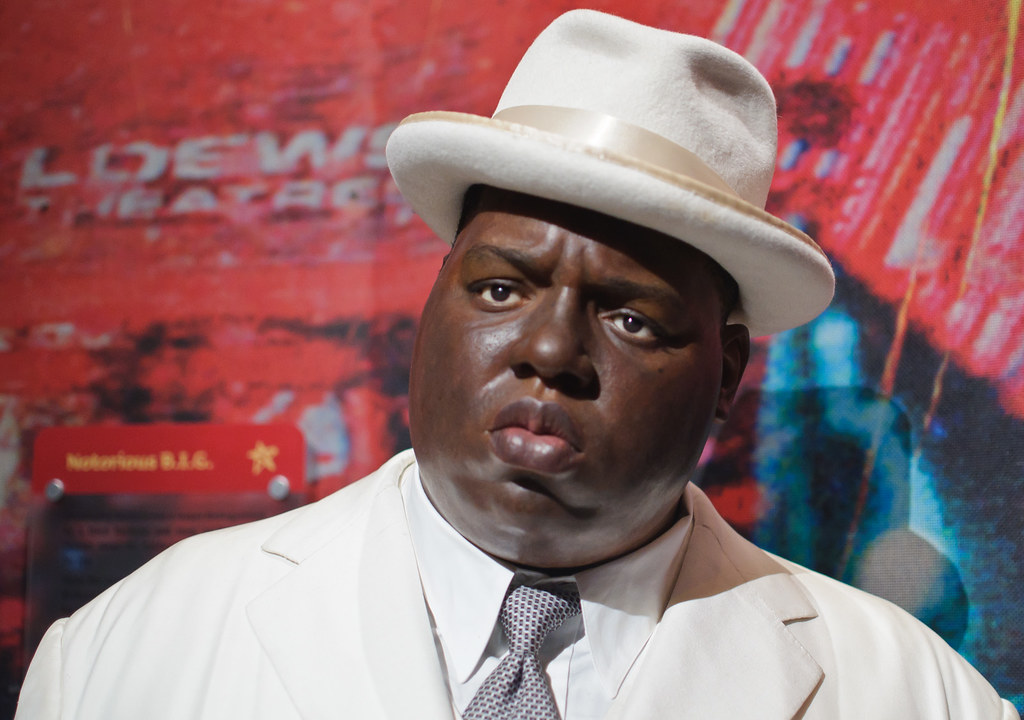
5. **The Notorious B.I.G.**: Just a mere few months after the devastating murder of Tupac Shakur, tragedy struck the hip-hop community once again with the equally shocking and violent death of Christopher Wallace, famously known to the world as The Notorious B.I.G. On the somber night of March 9, 1997, the acclaimed rapper was mercilessly shot multiple times in yet another drive-by shooting in Los Angeles, California, suffering fatal injuries that led to his death an hour later. The striking similarities in the method and the incredibly close timing to Shakur’s death immediately and inextricably linked the two cases in the public imagination, intensifying the sense of a grand, tragic conspiracy within the music industry.
The murder of The Notorious B.I.G. occurred amidst the white-hot intensity of the East Coast-West Coast hip-hop rivalry, a feud that had already been tragically exacerbated by Shakur’s unsolved death. Many observers and fans believed his killing was directly related to this ongoing, deadly musical conflict, perhaps even serving as a brutal act of retaliation for Shakur’s unresolved murder. This deeply entrenched belief immediately complicated the investigation, drawing explicit connections between the fates of two of the genre’s biggest and most influential stars, who had become symbols of the warring factions.
Despite the incredibly high-profile nature of the case, attracting intense media scrutiny and public outcry, The Notorious B.I.G.’s murder, much like Tupac’s, remains officially unsolved. To this very day, no suspects have ever been definitively identified, apprehended, or prosecuted for the heinous crime, leaving a frustrating and painful void of justice. This persistent lack of closure for both artists’ deaths continues to be a source of immense frustration and profound sadness for their dedicated fans and the wider music community, leaving a gaping, unresolved hole in the vibrant narrative of hip-hop’s golden age, a wound that refuses to heal.
Read more about: Beyond the Headlines: Unearthing the Heartbreaking Celebrity Deaths That Sadly Slipped Through the Cracks
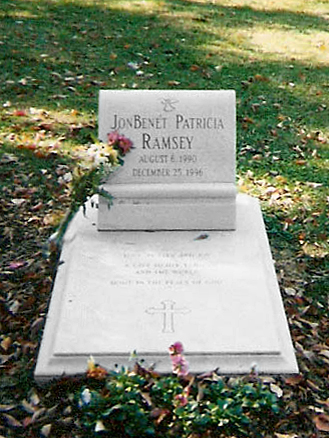
6. **JonBenét Ramsey**: The murder of six-year-old JonBenét Patricia Ramsey in her home in Boulder, Colorado, in 1996, is a case that has captivated, horrified, and perplexed the public for decades, becoming a touchstone in true crime history. This innocent child beauty queen was initially reported missing, triggering a frantic search. Approximately eight hours later, her tiny body was tragically discovered in the basement of the family home, a discovery that instantly ignited a media frenzy and launched an investigation that remains intensely scrutinized and debated to this very day, with every detail endlessly analyzed.
The initial autopsy report provided chilling details, revealing that JonBenét had been struck on the head and subsequently strangled. The horrifying circumstances of her death immediately raised a deluge of questions, not least about who could commit such a heinous and unspeakable crime against a young, defenseless child, and what possible motive could lie behind such brutality. The intricate and puzzling details of the crime scene, coupled with the Ramsey family’s relatively high public profile and their initial handling of the situation, plunged the case into a realm of intense speculation, with many theories pointing fingers in various, often contradictory, directions.
Despite multiple grand jury hearings, numerous exhaustive investigative efforts by law enforcement agencies, and continuous, unwavering public and media interest, JonBenét Ramsey’s murder remains officially and stubbornly unsolved. The inability to definitively pinpoint a perpetrator, or even fully understand the sequence of events that led to her death, has kept the case hauntingly alive in the public consciousness, ensuring it continues to be discussed and theorized about regularly. It stands as a chilling reminder of how even seemingly clear-cut evidence can sometimes fail to deliver justice, leaving a family, and indeed a nation, without the crucial answers needed for true closure, a tragic enigma forever etched in memory.
Continuing our deep dive into the perplexing world of celebrity deaths that refuse to yield their secrets, we now turn our attention to six more cases that demonstrate how even immense fame doesn’t always guarantee justice or clear answers. These stories, each a labyrinth of intriguing details and forensic puzzles, prove that the spotlight, bright as it is, can sometimes cast the longest shadows of doubt. Prepare to have your curiosity piqued once more as we unravel the intricate threads of these high-profile mysteries. From Hollywood legends to figures caught in scandalous webs, their legacies are forever marked by an unresolved question mark over their final moments.
Read more about: Beyond the Headlines: 9 Shocking Truths Revealed After Celebrities’ Murdered Demises
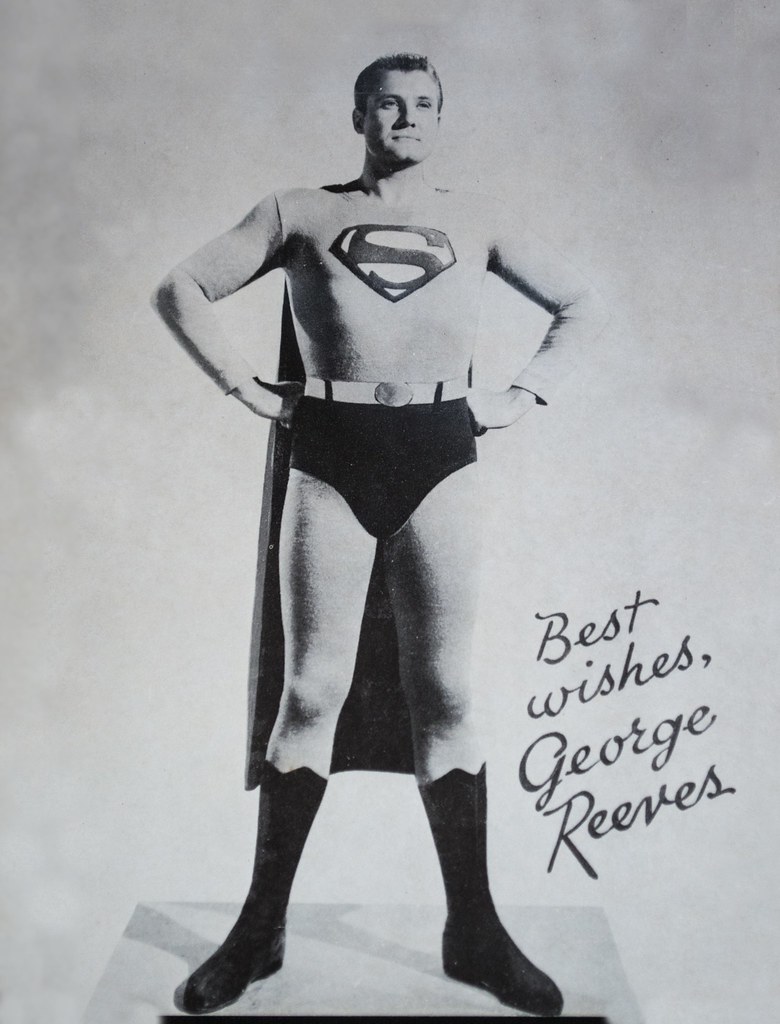
7. **George Reeves**Hard-core superhero fans undoubtedly recognize George Reeves for his groundbreaking portrayal of Superman in the beloved 1950s TV series, *Adventures of Superman*. Yet, for many, his legacy is not just defined by his heroic on-screen persona but by the mysterious circumstances surrounding his death at the age of forty-five. On June 16, 1959, Reeves was found dead from a single gunshot wound to the head, an event that instantly ignited widespread confusion and skepticism.
While official findings quickly categorized his death as a suicide, this conclusion was met with considerable doubt. The incident occurred during a social visit with several friends, including his fiancé, Leonore Lemmon, at his home. The notion that such a vital figure would take his own life under these specific conditions struck many as profoundly improbable, given the festive atmosphere that had reportedly preceded the tragic event.
Compounding the mystery, no one present that night could — or would — definitively clarify the events leading up to the fatal shot. The official narrative struggled to account for the lack of certainty from the witnesses, leading to persistent speculation among the public and media alike. Was it truly a suicide, as authorities claimed, or was Reeves the victim of a murder, or perhaps even a tragic accidental shooting? This enduring ambiguity ensures that the Man of Steel’s final chapter remains tragically shrouded in unanswered questions.
Read more about: Beyond the Headlines: Unearthing the Heartbreaking Celebrity Deaths That Sadly Slipped Through the Cracks

8. **Johnny Stompanato**In 1958, the stabbing death of Johnny Stompanato, a notorious bodyguard for LA’s infamous Mickey Cohen, a member of the Jewish Mafia, became a sensational event that gripped the nation. The case was so high-profile that it brought both Stompanato’s then-girlfriend, the luminous film star Lana Turner, and Cohen himself to testify in court. It was a dramatic unfolding of events that blended Hollywood glamour with the grim reality of organized crime, cementing its place in the annals of celebrity mysteries.
According to widely circulated rumors and reports, Stompanato was known for his violent tendencies, frequently described as a blackmailer and allegedly abusive towards Turner. On the night of March 26, 1958, Stompanato was stabbed to death with a kitchen knife at Turner’s Beverly Hills home. Turner’s 14-year-old daughter, Cheryl Crane, claimed responsibility, stating she acted in self-defense to protect her mother during a violent altercation with Stompanato. The jury, in a highly publicized trial, acquitted Crane on the grounds of justifiable homicide, accepting her plea that she was protecting her mother from a brutal attack.
However, this official verdict did little to quell the relentless tide of public speculation and rumor. Many found it difficult to believe that the teenage daughter was solely responsible, and a potent counter-narrative quickly emerged. Persistent whispers suggested that Lana Turner herself had murdered Stompanato, orchestrating the scenario to have her young daughter take the blame. This theory posited that Turner, desperate to avoid prison time and save her thriving film career, leveraged her daughter’s youth and a narrative of self-defense to escape legal repercussions and public condemnation.
The alleged motive was simple: Turner, a major star, could not afford the scandal and potential career-ending repercussions of a murder conviction. By having her daughter assume responsibility, she could garner sympathy rather than scorn. To this day, the question of who truly wielded the knife that ended Stompanato’s life remains a point of intense debate. With only Cheryl Crane still alive from that fateful night, and her consistent refusal to clarify the murky details further, the complete truth behind Johnny Stompanato’s death remains elusive, leaving an indelible question mark over the glamorous yet dark lives of Hollywood’s elite.
Read more about: The Ghosts of Tinseltown: Unearthing the Fatal Car Crash That Rocked Hollywood, and 13 Forgotten Scandals That Defined an Era
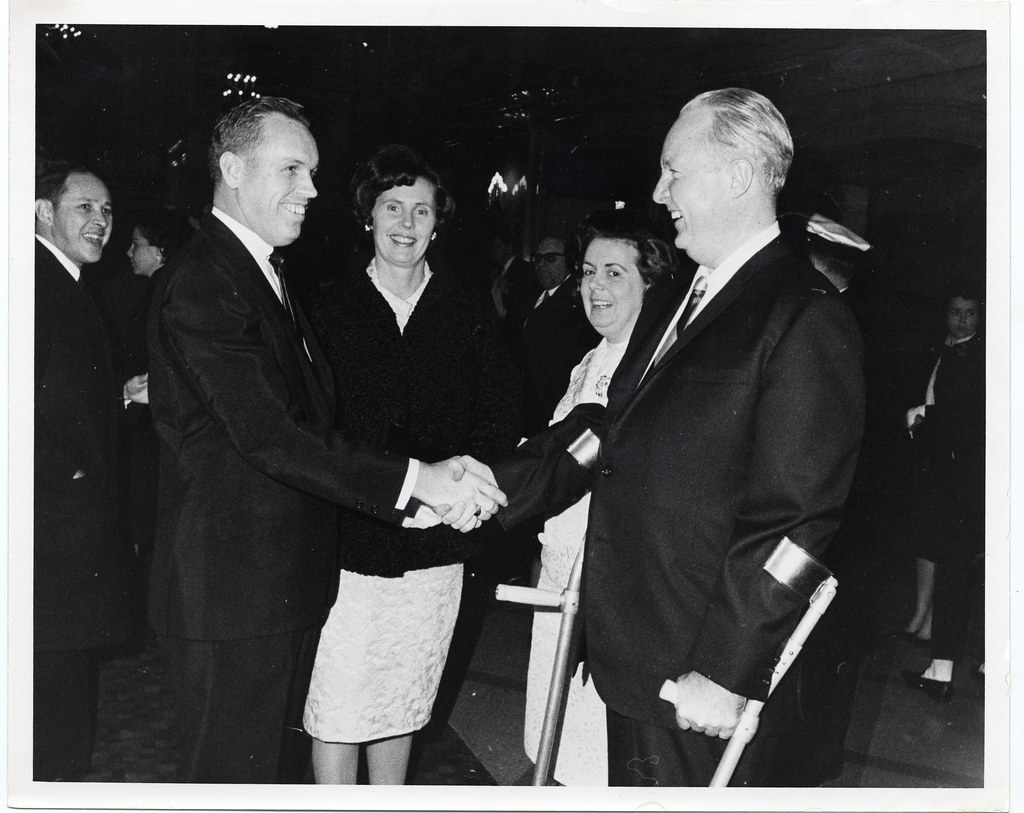
9. **Bob Crane**The year 1978 delivered a shocking blow to fans of classic television with the brutal murder of Bob Crane, the beloved star of the campy 1960s sitcom, *Hogan’s Heroes*. Crane was discovered bludgeoned to death in his Scottsdale, Arizona, apartment on June 29. The weapon, believed by police to be a camera tripod, was never found, adding an immediate layer of mystery to an already horrific crime scene that captivated the public and media.
But the shock didn’t end with his death. The subsequent investigation and revelations about Crane’s personal life were perhaps even more stunning. It was uncovered that the wholesome TV star led a deeply entangled and illicit life, heavily involved in what was described as an “underground scene.” He reportedly filmed his numerous sexual escapades, and in this shadowy world, he had a close collaborator: John Henry Carpenter, an audio-visual expert.
Carpenter quickly became the primary suspect in Crane’s murder, largely due to his proximity to Crane’s secret life and his unique technical skills. Many, including law enforcement and the public, firmly believed that Carpenter was the one responsible for the gruesome act. The intricate details of Crane’s double life, coupled with Carpenter’s involvement, created a compelling, albeit disturbing, narrative of betrayal and violence that fueled years of speculation.
Despite the strong suspicions and Carpenter being the sole, enduring suspect, the legal system found the evidence insufficient to secure a conviction. He was tried for the murder in 1994 but acquitted, leaving the case officially unsolved. With Carpenter’s death in 1998, the path to finding a definitive answer for Bob Crane’s brutal murder closed forever. His tragic demise remains one of Hollywood’s most baffling and unsettling cold cases, a stark reminder that even a celebrated public figure can harbor secrets that lead to their undoing.
Read more about: From Pennies to Masterpieces: 14 Low-Budget Films That Rose to Timeless Classic Status
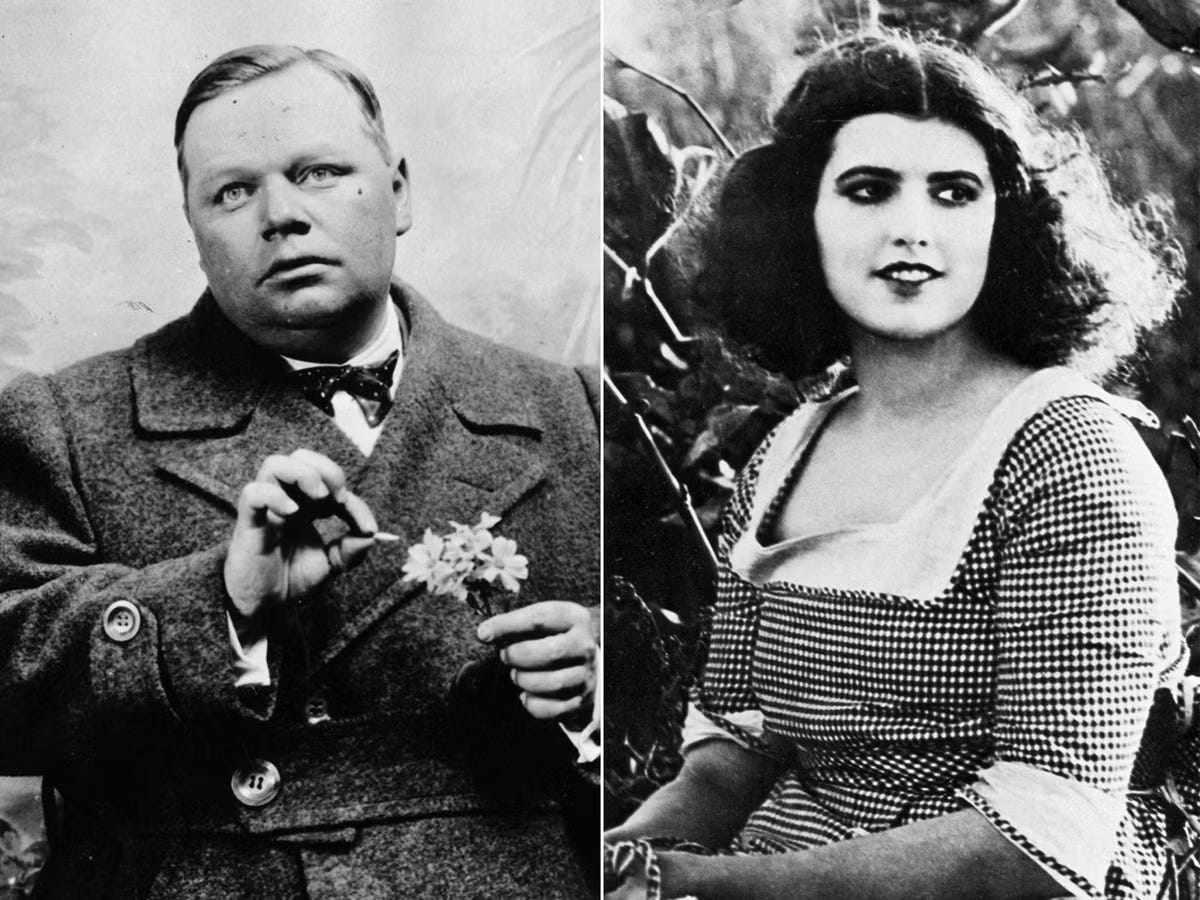
10. **Virginia Rappe**In the early days of Hollywood, when the silent film era was at its zenith, the glamorous world of moviemaking was rocked by a scandal that would forever change its course: the death of American model and silent-film actress Virginia Rappe. Her tragic demise in 1921, following a raucous Labor Day party at the St. Francis Hotel in San Francisco, became an immediate media sensation, exposing the dark underbelly of Prohibition-era celebrity excess.
The party, fueled by illegal liquor, took a sinister turn when Rappe and Roscoe “Fatty” Arbuckle, then one of the biggest stars in Hollywood, retreated to a bedroom together. According to reports, Rappe’s screams were heard emanating from the room. When other guests entered, they reportedly found Rappe “fully dressed, writhing in pain on the bed.” It was there that her friend, though later deemed an unreliable witness, claimed Rappe uttered the chilling words, “He did this to me,” pointing to Arbuckle.
Three days later, Rappe succumbed to her injuries, dying from a ruptured bladder and secondary peritonitis. The ensuing scandal saw Arbuckle charged with her murder, plunging Hollywood into an unprecedented crisis. Theories about what transpired in that room abounded, with some believing Arbuckle, a large man, had squashed her with his weight while raping her, while others speculated he had used a foreign object, causing the fatal internal injuries.
Arbuckle faced three highly publicized trials, becoming one of the first celebrities to endure such intense public scrutiny. The first two trials ended in a hung jury, reflecting the conflicting evidence and public division. Though he was eventually acquitted in the third trial, his career was irrevocably destroyed; public opinion never truly absolved him, and he died at the young age of 46 from a heart attack, his legacy forever tainted. The true events of that night in San Francisco, what exactly transpired between Arbuckle and Rappe, and who was ultimately responsible for her death, remain one of Hollywood’s most haunting and probably never-to-be-known mysteries.
Read more about: Get Ready to Dive Deep: 15 Unforgettable Elements of Toni Morrison’s Pulitzer-Winning Novel ‘Beloved’
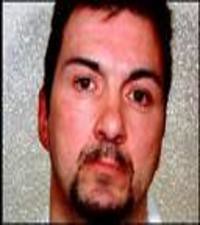
11. **Jill Dando**In the U.K., the murder of celebrated English journalist and television presenter Jill Dando remains one of the nation’s most infamous and perplexing cold cases. Dando, a popular and respected figure who worked for the BBC for fourteen years, was tragically killed by a single gunshot wound to the head on April 26, 1999. The brazen daylight assassination occurred just after she left her fiancé’s home in Fulham, West London, sending shockwaves across the country and triggering an immediate, massive police response.
The ensuing investigation, dubbed “Operation Oxborough,” quickly escalated into one of the biggest murder inquiries in British history. It became the largest criminal investigation undertaken since the relentless hunt for the notorious Yorkshire Ripper, reflecting the national outrage and the high-profile nature of the victim. Law enforcement poured immense resources into solving the case, but despite the scale of the effort, definitive answers proved frustratingly elusive.
A significant development came with the arrest and subsequent trial of Barry George, a local convicted offender, who was charged with Dando’s murder. However, the prosecution’s case hinged heavily on a single piece of forensic evidence – minute particles of gunshot residue found on his coat. This evidence was later discredited, leading to his eventual acquittal and release after spending years in prison. The dismissal of this crucial evidence meant the investigation was back to square one, with no clear perpetrator.
In the wake of George’s acquittal, numerous theories have emerged to explain Dando’s murder, none of which have been definitively proven. These include possibilities ranging from a sophisticated political assassination to a targeted gangland hit, or even the act of an obsessive stalker. The lack of resolution continues to frustrate investigators and the public alike, ensuring that Jill Dando’s tragic and utterly senseless murder remains stubbornly unsolved, a chilling enigma that haunts the U.K. to this day.
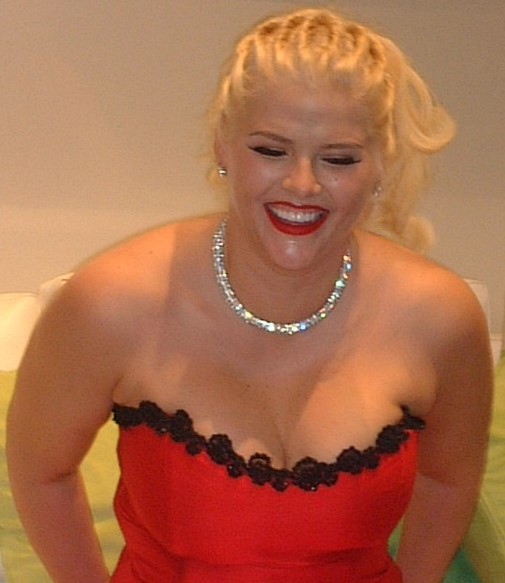
12. **Anna Nicole Smith**Anna Nicole Smith, a name synonymous with dazzling celebrity and heartbreaking tragedy, captivated the public first as a famous American model and actress, notably gaining popularity as *Playboy’s* 1993 Playmate of the Year. However, the enduring memory of her public persona is inextricably linked to her mysterious death and the intense media drama that surrounded her final years, transforming her life into a poignant cautionary tale about the perils of fame.
Her life, particularly in the later stages, became a public spectacle marked by increasingly bizarre behavior showcased on her reality show. This erratic conduct, amplified by constant media scrutiny, signaled a deeper struggle. The true turning point, however, arrived with the devastating and sudden death of her son, Daniel, from an overdose in 2006. This unbearable loss, occurring while she was still grappling with her own challenges, quite literally broke her, pushing her into an even more severe state of depression and despair.
Just six months after Daniel’s passing, tragedy struck again when Anna Nicole Smith herself died under incredibly similar circumstances. She was found unresponsive in a Florida hotel room, suffering from the effects of a drug cocktail strikingly similar to the one that had claimed her son’s life. The official cause was an accidental overdose of prescription drugs, but the eerie parallels and the context of her deep depression immediately sparked widespread questions.
The central, unresolved question that continues to shadow Anna Nicole Smith’s death is whether she intentionally took her own life, consumed by grief and despair, or if someone else played a role, perhaps by prescribing or administering the fatal cocktail of drugs. The lack of definitive clarity around this crucial point has fueled years of speculation, documentaries, and debates, leaving a void of conclusive answers that many still seek.
Her story encapsulates the brutal intersection of celebrity, addiction, and personal tragedy, illustrating how the dazzling facade of fame can obscure deep-seated pain. The enduring uncertainty surrounding her death keeps her firmly entrenched in the pantheon of celebrity mysteries, a poignant reminder that for some, the final curtain falls with more questions than answers.
Read more about: Caught on Camera: 12 Shocking Photos That Instantly Derailed Celebrity and Political Careers
These twelve cases, spanning decades and disciplines, from Hollywood’s golden age to the modern music industry, serve as a stark reminder that even the most famous among us are not immune to the baffling embrace of the unsolved. Each story is a mosaic of conflicting evidence, whispered theories, and persistent ambiguities, defying neat conclusions. While the passage of time may obscure further clues, the human desire for truth, especially when it involves the iconic figures who shaped our cultural landscape, ensures that these mysteries will continue to fascinate, perplex, and keep us guessing for generations to come. Perhaps one day, the final piece will fall into place, but until then, these legends remain forever shrouded in the tantalizing fog of the unknown.” , “_words_section2”: “1894




